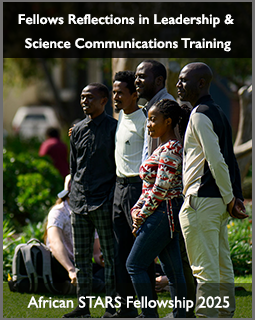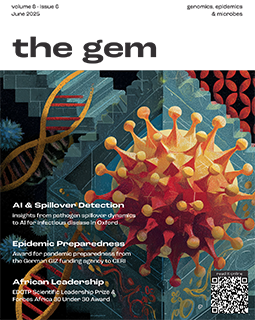THE WORLD IS WATCHING THE U.S. DEAL WITH BIRD FLU, AND IT'S SCARY
By Prof Tulio de Oliveira - New York Times, 19 Nov 2024. As a virus scientist in South Africa, I’ve been watching with dread as H5N1 bird flu spreads among animals in the United States.

The pathogen poses a serious pandemic threat and has been detected in over 500 dairy herds in 15 states — which is probably an undercount. And yet the U.S. response appears inadequate and slow, with too few genomic sequences of H5N1 cases in farm animals made publicly available for scientific review.
Failure to control H5N1 among American livestock could have global consequences, and this demands urgent attention. The United States has done little to reassure the world that it has the outbreak contained.
The recent infection of a pig at a farm in Oregon is especially concerning, as pigs are known to be mixing bowls for influenza viruses. Pigs can be infected by both avian and human influenza viruses, creating a risk for the viruses to exchange genetic material and potentially speed up adaptation for human transmission. The H1N1 pandemic in 2009 was created and spread initially by pigs.
The United States should learn from how the global south responds to infectious diseases. Those of us working in the region have a good track record of responding to epidemics and emerging pandemics and can help the United States identify new virus strains and offer insights into how to control H5N1. This knowledge has not come easily or without suffering; it has developed from decades of dealing with deadly diseases. We’ve learned one simple lesson: You need to learn your enemy as quickly as possible in order to fight it.
We did this during Covid. In November 2021, my colleagues and I and others in Botswana discovered the Omicron variant. We quickly and publicly warned the world that it could rapidly spread. This kind of transparency is not always easy because it can come at a large economic cost. For example, after we shared our Omicron discovery, countries around the world imposed travel bans on South Africa ahead of the December holidays, spurring backlash. Our team received death threats, and we needed security for our labs. One estimate suggests South Africa lost $63 million in canceled bookings from December to March.
But it was the right thing to do. That’s why it’s so frustrating that genomic sequences of H5N1 animal cases in the United States are not quickly made available. Sharing genomes of virus samples immediately is crucial for understanding the threat and giving the world time to prepare, including developing antivirals and vaccines. Rwanda, for example, was recently bold enough to go public with the detection of the deadly Marburg virus. a pandemic.
Read the full article at the New York Times (NY Times): https://www.nytimes.com/2024/11/19/opinion/bird-flu-disease-outbreak.html
This news piece was published in the gem, January 2025

Click on the image above to read the gem, genomics, epidemics & microbes Vol 8 Issue 1, Jan 2025, or scan the qrcode.
News date: 2025-02-09
Links:
https://www.nytimes.com/2024/11/19/opinion/bird-flu-disease-outbreak.html









